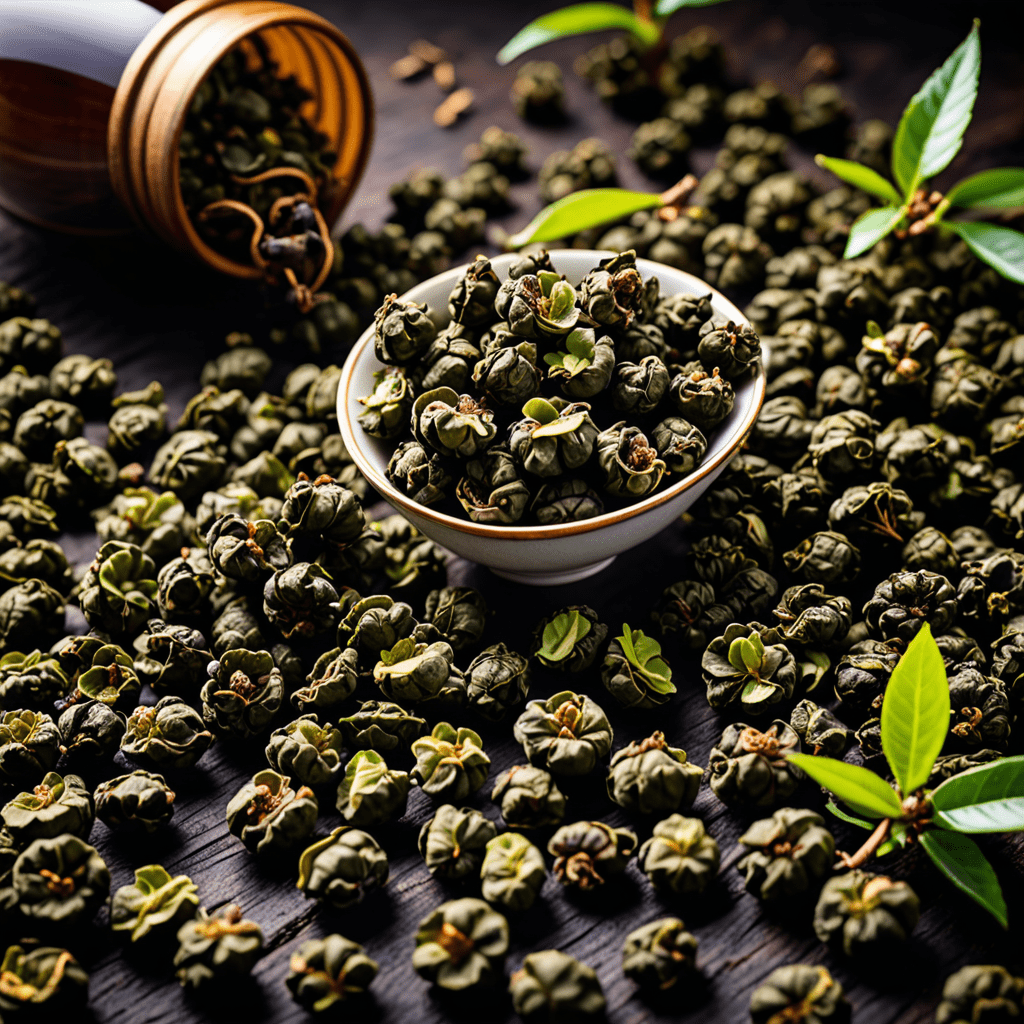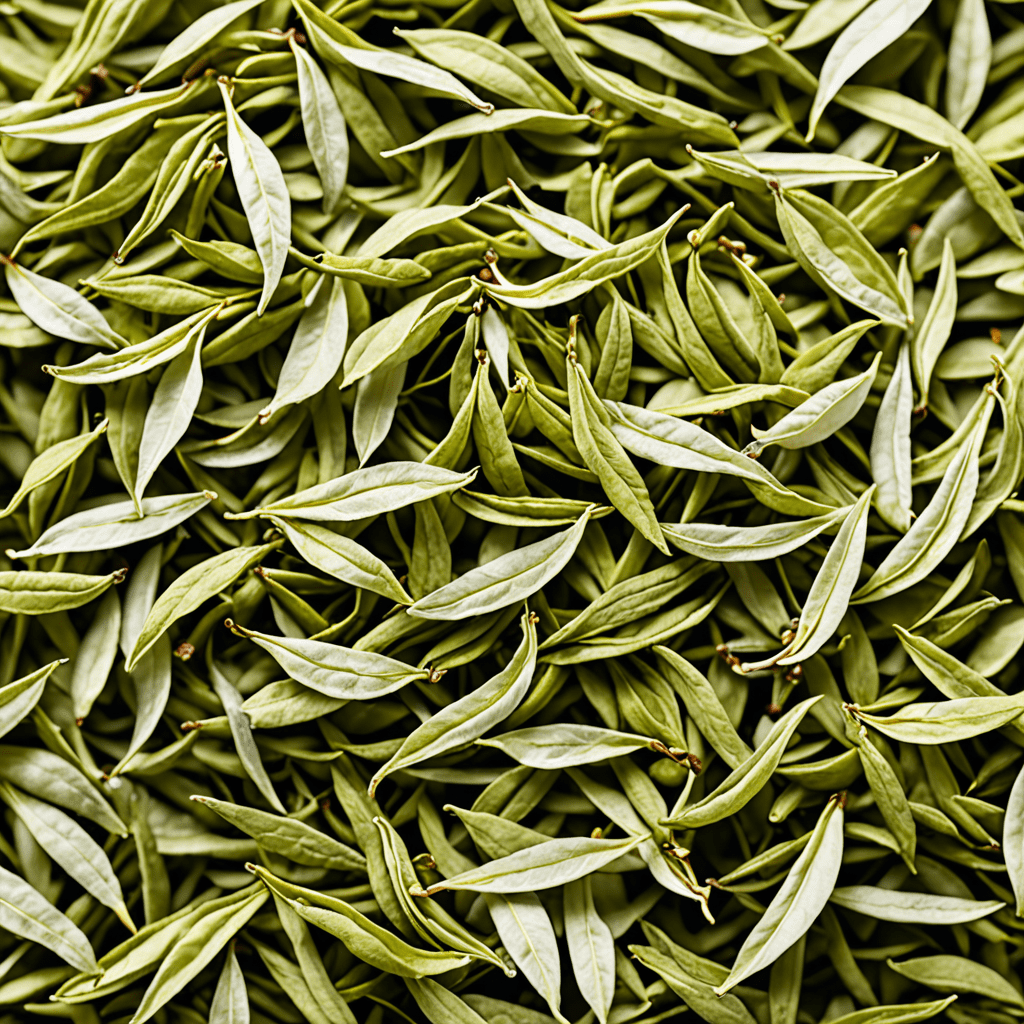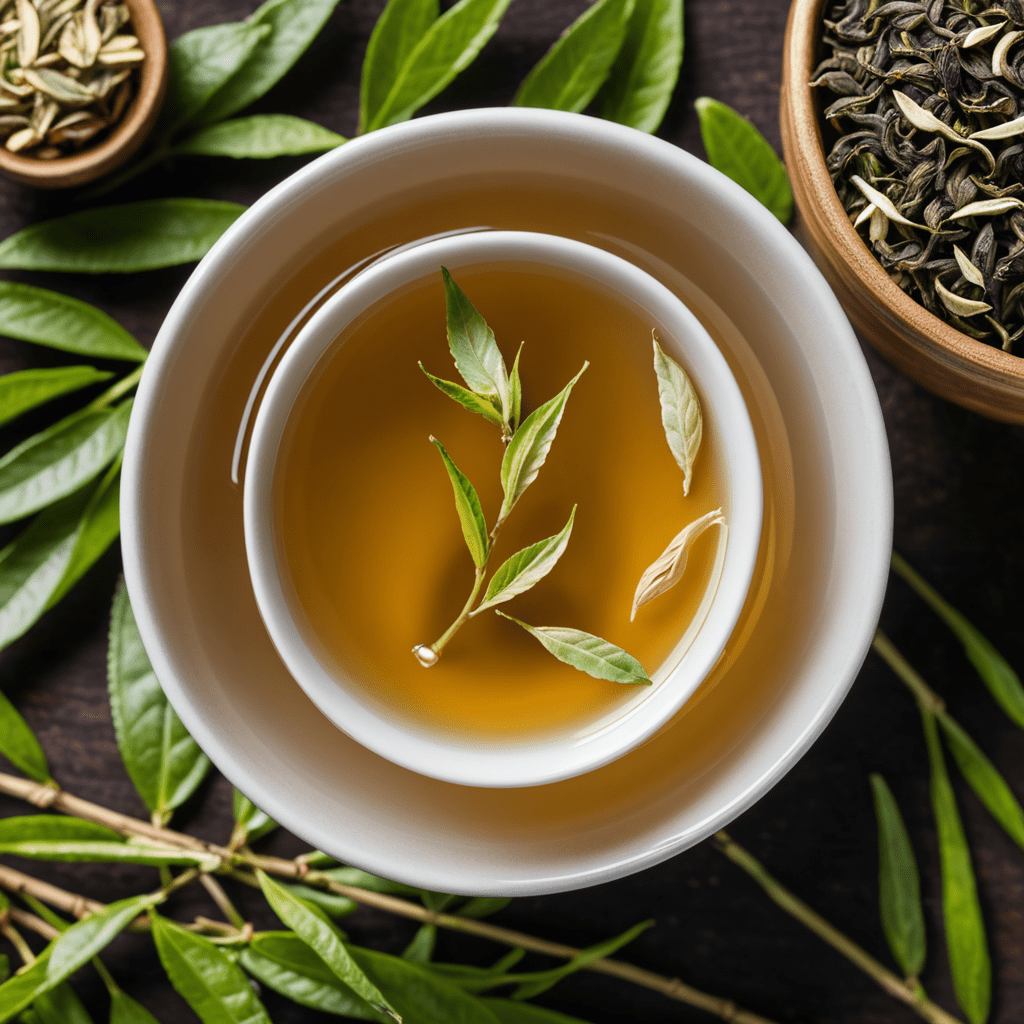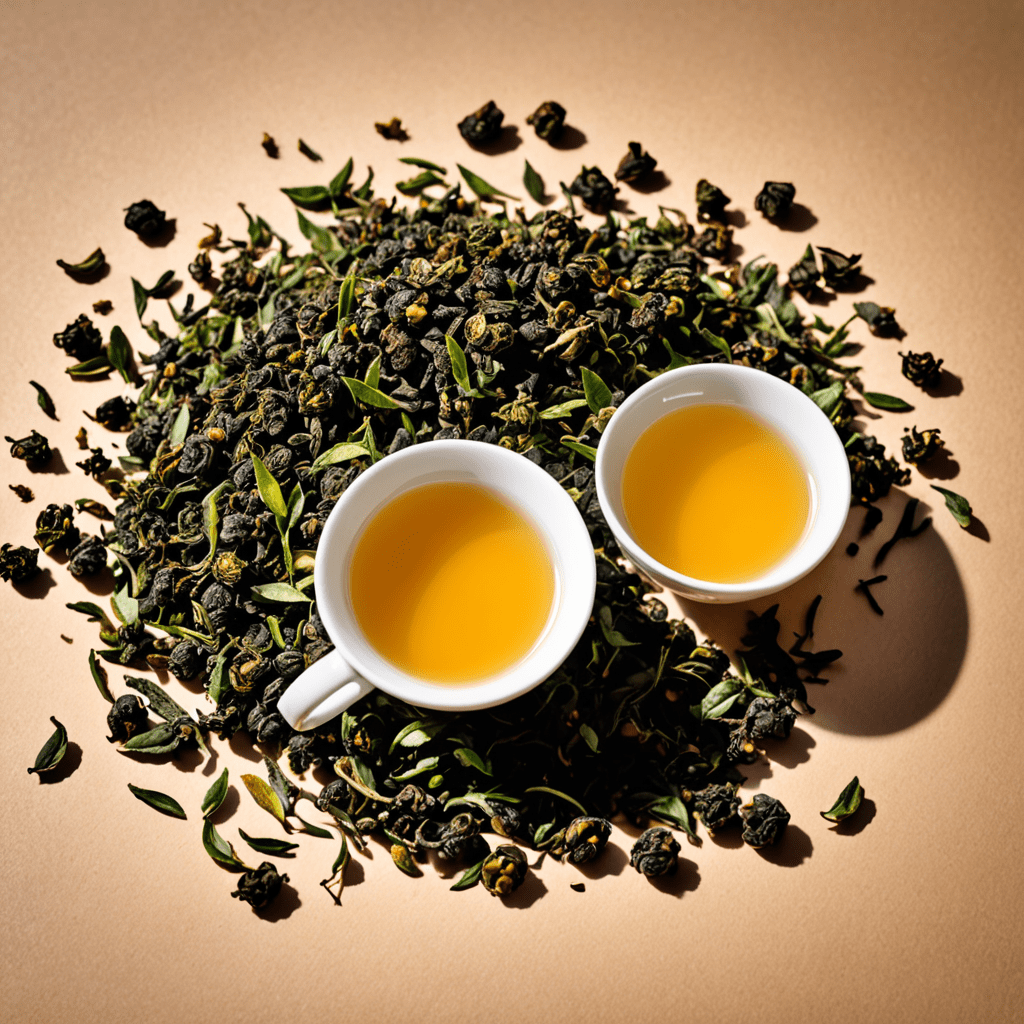Oolong Tea: From Plantation to Teapot
The Journey of Oolong Tea Begins
Oolong tea, a traditional Chinese tea, undergoes a unique process that sets it apart from other varieties. The journey of oolong tea begins in lush, mountainous tea plantations where skilled farmers cultivate tea plants with precision and care.
Harvesting and Processing
The harvesting of oolong tea leaves is a meticulous process. Only the freshest, most tender leaves are carefully plucked by hand to maintain their quality. Next comes the crucial step of withering, where the leaves are spread out to reduce moisture content before proceeding to the next stage.
Oxidation – The Art of Crafting Oolong Tea
Oxidation is a defining stage in oolong tea production. The level of oxidation determines the flavor and aroma profile of the tea. Skilled artisans carefully bruise the leaves to initiate oxidation, monitoring the process closely to achieve the desired level of fermentation.
Unique Roasting Techniques
After oxidation, oolong tea leaves undergo roasting, a step that imparts distinct flavors to the tea. Different oolong varieties undergo varied roasting techniques, ranging from light to deep roasts, each contributing to the complex flavor spectrum of oolong tea.
The Brewing Process
To enjoy oolong tea at its best, the brewing process is crucial. Just the right temperature of water and steeping time can unlock the full potential of oolong tea. The varying flavors and aromas of oolong teas call for experimentation to find the perfect balance that suits individual preferences.
Health Benefits of Oolong Tea
Apart from its delightful taste, oolong tea offers a multitude of health benefits. Rich in antioxidants, this tea variety may aid in weight management, promote heart health, and boost metabolism. With moderate caffeine content, oolong tea provides a refreshing energy boost without the jitters associated with coffee.
Indulge in the World of Oolong Tea
From the picturesque tea plantations to the fragrant tea cups, the journey of oolong tea is a testament to the artistry and craftsmanship that goes into each cup. Whether you prefer a light, floral oolong or a bold, roasted variety, exploring the world of oolong tea is a sensory experience that is sure to captivate tea enthusiasts worldwide.



